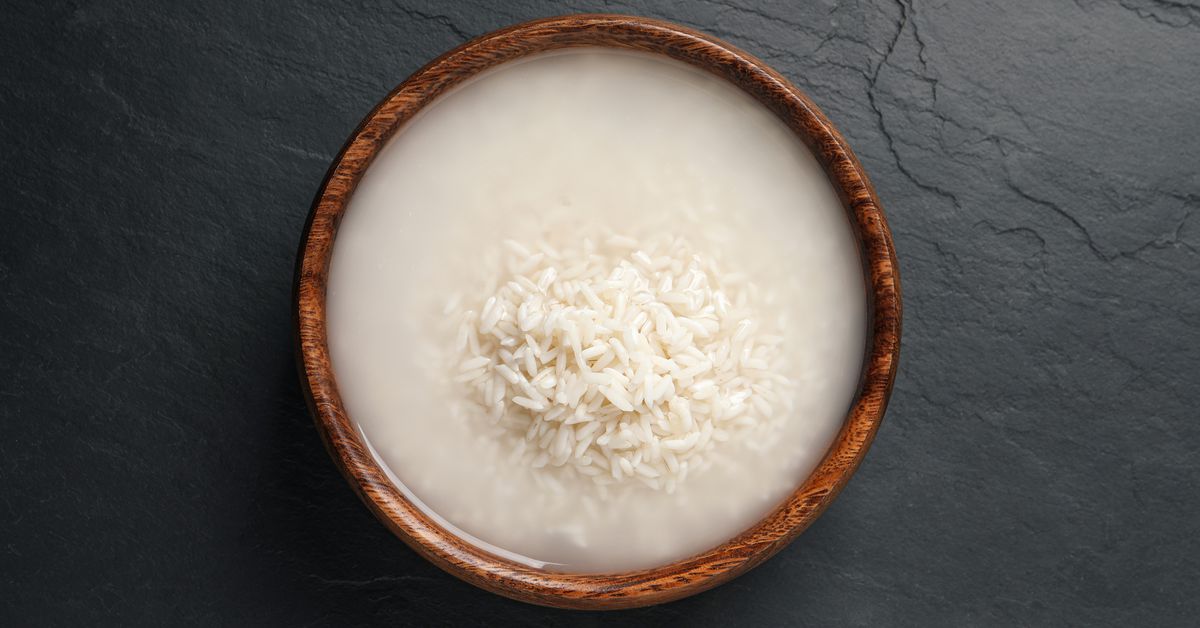
Let us not argue: You should be washing your rice. The primary cause for executing so is that it sloughs off dust, particles, and any surplus starch, which can lead to a gummy texture and hinder the formation of distinctive grains. (For this motive, some cooks steer clear of washing rice for dishes like risotto, in which distinct grains are not the aim. And there’s a realistic argument towards also demanding a washing, for the reason that great vitamins and protein can arrive off also.) But rice enthusiasts generally concur that for finest final results, you need to wash your rice.
Listed here is an additional purpose. As cooks from rice-loving cultures around the earth have very long identified, rice drinking water is a handy byproduct in each cooking and housekeeping. To be clear, the rice water from all those 1st and next washes — when it operates the cloudiest and milkiest — is what you need to reserve for trying to keep household (additional about that in a moment). It’s the h2o from subsequent washes that you are going to want for cooking.
“The greatest way to explain it is, you know how cooks use pasta h2o with the sauce?” says JinJoo Lee, the blogger driving Kimchimari. Which is the part rice drinking water can participate in. Lee recalls viewing her mom use rice h2o in the Korean soybean paste stew doenjang jjigae and carried the method on into her personal cooking. “I feel it provides a bit of thickness due to the fact of the rice particles, and then also, there is that trace of the nutty rice flavor in the background,” Lee says. “It tends to make the liquids a small additional robust and it holds the flavors together. It is not a huge difference, but it certainly adds that quality.” And why not make use of it? If you are making rice, you are producing a lot of rice drinking water also.
Lee makes use of rice drinking water in anchovy broth-primarily based stews like doenjang jjigae and kimchi jjigae, which really do not have meat to taste the cooking liquid. Rice water would be redundant in meat stews, as meat gives equally flavor and thickening electricity — whilst Lee does not feel it would hurt to use it. Similarly, rice water also appears in traditional Filipino cooking as a way to make a thick, healthy broth in the absence of animal gelatin, specially in the tamarind soup recognized as sinigang.
In addition to including flavor and texture, rice drinking water is fantastic at absorbing smells and flavors from fish, Lee claims. When applying salted, dried yellow croaker fish for Korean cooking, for illustration, soaking the fish in rice h2o helps leech out surplus salt. Rice water can also help draw out the smells folks from time to time obtain off-putting with refreshing, chilly-water fish like mackerel and sardines: Just let the fish soak for up to 30 minutes. Lee notes that rice h2o can also be utilized to cook dinner fish jorim, braises with “not a whole lot of liquid” that become a sauce as you cook dinner.
The h2o from rice’s 1st or 2nd washes is not really worth tossing, even if you are not likely to cook with it. It can nourish vegetation (as some folks do with pasta h2o), or be utilized to rinse or soak dishes. Grace Youthful writes in the cookbook The Wisdom of the Chinese Kitchen that rice drinking water is often saved for cleaning cast iron or carbon metal woks somewhat abrasive for the reason that of its starch, it cleans woks without stripping them of their seasoning. Since it absorbs oil, Lee provides, rice h2o can let you to use a lot less cleaning soap. And in accordance to Lifehacker, incorporating rice h2o to your laundry can make your sheets softer.
That the drinking water from washing rice will ever operate very clear can seem to be like one more 1 of those tiny recipe deceptions — clean right after wash, the runoff even now retains its milkiness. But in its place of seeing that cloudy liquid as a frustrating stage towards dinner, maybe we can master to see it as a welcome present, all set to be repurposed.

